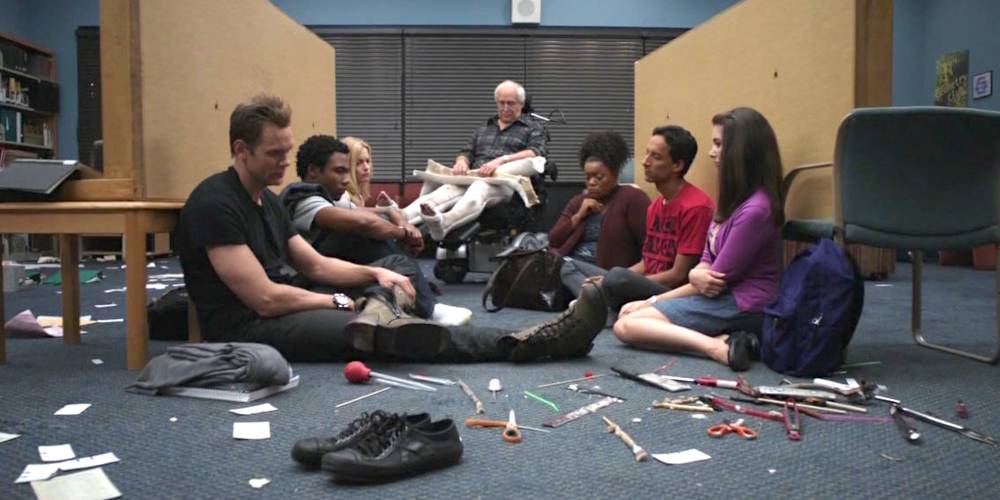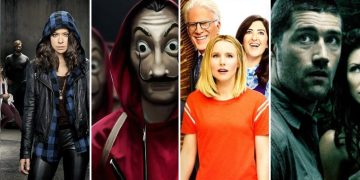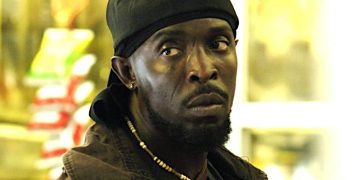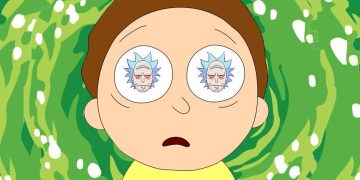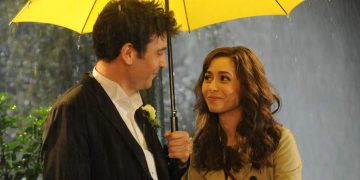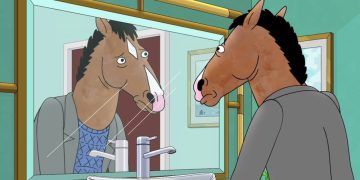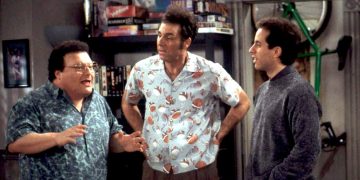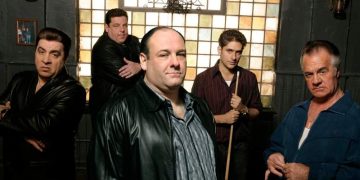Creating a top-tier television show is not an easy task. The budget, the crew, and the production have to be spread across all episodes to ensure the season pans out. Hence, the importance of bottle episodes.
A bottle episode takes place entirely in a single location or set, often with simple storylines and limited cast and crew.
By confining an episode to one location, there can be major cost savings and faster production times, allowing chunks of the season's budget to be reserved for other, more gradiose episodes.
Of course, these limitations aren't easy to work with. Creators are forced to be more inventive with these episodes—but, funny enough, some of the greatest episodes in TV have been bottle episodes because so much creativity is required to make them work.
Here are my picks for the best bottle episodes, which prove that—regardless of budget or scope—great characters, sharp writing, and engaging stories are all you need for quality television.
10. "The Suitcase" (Mad Men)
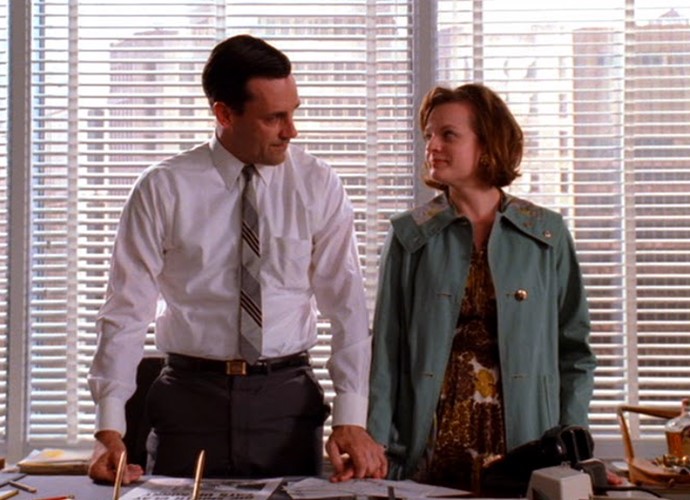
One of the most compelling elements of Mad Men is the complex relationship between Don Draper and Peggy Olson.
Both of them have opposing views of ambition: Don seeks success via any means necessary, while Peggy keeps her morality in check even as she pushes herself. Their personalities eventually clash in "The Suitcase."
This tale centers on Don pushing Peggy to rework her suitcase campaign on a crunch, forcing him to skip a famous boxing match and forcing her to cancel her birthday date.
While most of the episode is set in the offices of Sterling Cooper, it's the tug-of-war exchange between Don and Peggy that makes it outstanding, especially as the two face devastating revelations.
9. "Rixty Minutes" (Rick and Morty)
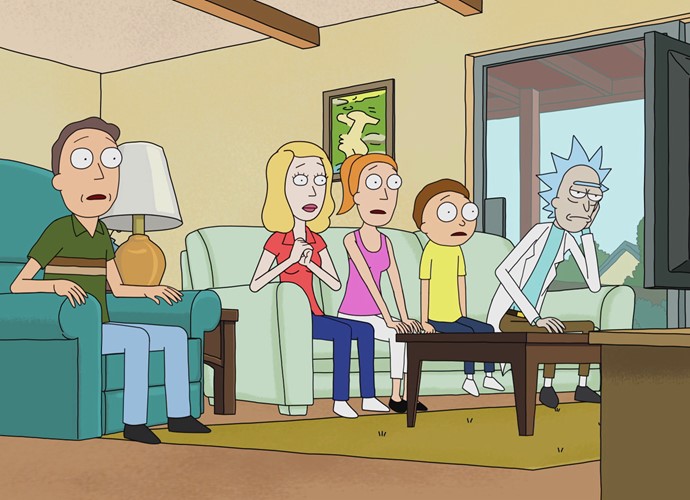
While "Rixty Minutes" is one of the most outrageous episodes of Rick and Morty on first watch, it's more understandable upon second viewing and with a better perspective.
"Rixty Minutes" is almost like a clip show as Rick and Morty flip through channels and watch cable television from other worlds.
There isn't much dimension-hopping adventure here. Only reactions from the madcap duo on the TV spoofs, another chapter in the Jerry-Beth drama, and a deep dive on Summer.
But "Rixty Minutes" also has one of the bleakest and most nihilistic moments of the show, summed up by Morty with his immortal line that ends with "Come watch TV." Dark yet hilarious.
8. "Ice" (The X-Files)
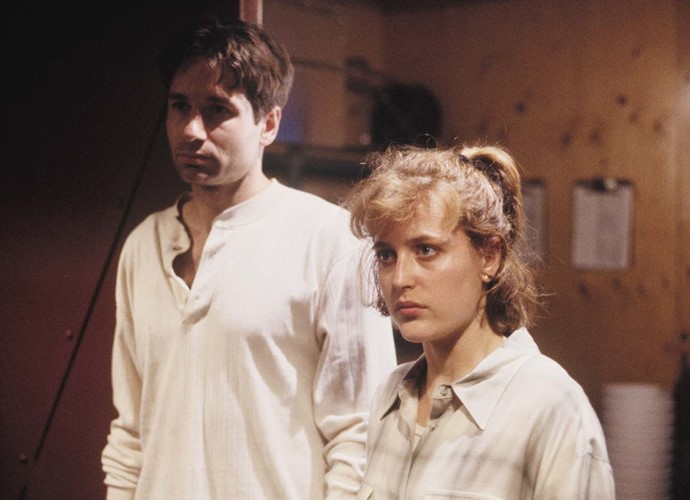
On a show as ambitious as The X-Files, concessions have to be made to allow for more complex (i.e. more expensive) episodes. Thus, bottle episodes like "Ice" are downright necessary.
But, in retrospect, these bottle episodes played an important role to the overall narrative and tone, allowing Mulder and Scully to deal with lower-stakes cases in between the massive, life-or-death cases.
"Ice" sees the two agents tackling the murder case of an Alaskan research team. Set on an isolated outpost in deep snow, Mulder, Scully, and their team discover a parasitic race of aliens with lethal attacks.
While entirely shot in one location, the production costs were still high for a bottle episode. However, the overall minimalism played well into developing tension, all while paying homage to The Thing.
7. "The Conversation" (Mad About You)
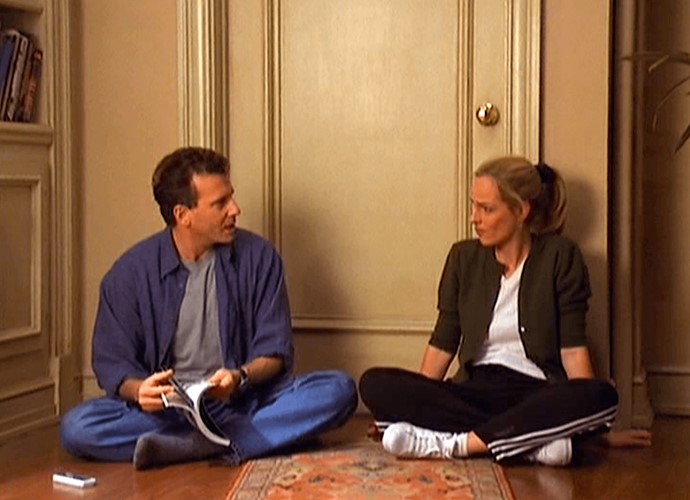
This episode from Mad About You is the prototypical bottle episode. The storyline sees Paul and Jamie Buchman sitting outside of the room of their baby daughter Mabel, sharing a long conversation as they wait for her to stop crying and eventually fall asleep.
Writer Victor Levin used the phenomenon of a baby's "sleep training" as a backdrop to explore the relationship between Paul and Jamie.
The titular conversation starts around non sequiturs and personal opinions, but soon turns to their doubts as parents. Both Paul Reiser and Helen Hunt sell their exchanges with authenticity, resulting in a single-shot experiment of an episode that really paid off.
6. "Free Churro" (BoJack Horseman)
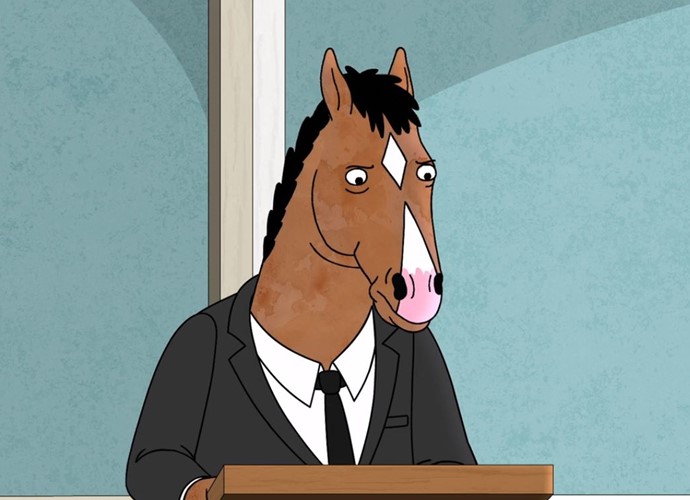
At every turn in BoJack Horseman, you can expect bittersweet moments that'll leave you in awe and disbelief. It's no surprise, then, that one of the show's most experimental episodes inflicts a devastating blow.
In the episode "Free Churro," BoJack delivers a eulogy for his mother Beatrice while struggling to be sincere and interpret her final words.
With just one credited voice actor—Will Arnett, who also voiced BoJack's father Butterscotch—"Free Churro" delves into BoJack's heartbreaking reflection of his relationships with his father and his mother.
The episode offers no resolution for BoJack, only a difficult realization and two bleak punchlines. For an experimental bottle episode, it's truly deep.
5. "Duet" (Star Trek: Deep Space Nine)
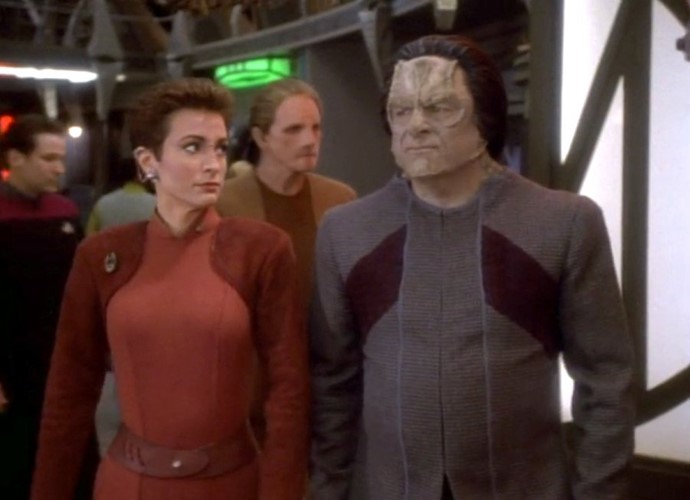
Star Trek has a long history of using bottle episodes, especially in the first generation where it had to rely on differing wits and ideologies as a source of conflict. This comes up again in the Deep Space Nine episode "Duet."
The storyline revolves around Major Kira Nerys arresting a presumed Cardassian war criminal named Aamin Marritza. Kira tries to interrogate Marritza into revealing his identity, but her vilification only challenges her moral authority.
On closer inspection, it's easy to see the real-world implications of the premise. But the sparring between Kira and Marritza—especially with Harris Yulin's performance—makes it a memorable episode that's moving up until its devastating ending.
4. "Cooperative Calligraphy" (Community)
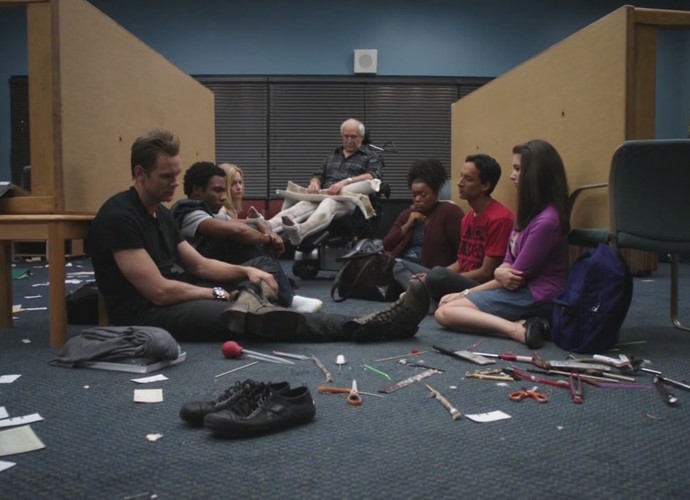
Community was a heavily meta show that often needed to navigate budget concerns, but you'd never know because Community often found ingenious ways to tweak the bottle episode format.
Notable examples include the D&D homage episode "Advanced Dungeons and Dragons" and the outstanding classic "Remedial Chaos Theory," but I'm going with the episode that pokes fun at the entire concept of bottle episodes: "Cooperative Calligraphy."
In the episode, Annie loses her pen, forcing the study group to drop everything to find it—but when they can't, they start breaking.
Like every other Community episode, what works is the escalation of the study group's banter from petty to outrageous. Yet, despite their egos and conflicts, they remain strong as a group.
3. "Fly" (Breaking Bad)
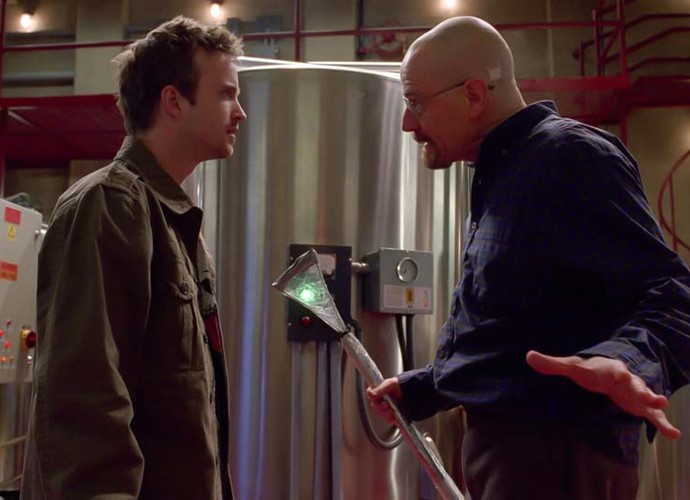
In a grand show like Breaking Bad, bottle episodes can seem out of place. Yet, at the same time, devoting an entire episode to the main characters and their attempts to eliminate a fly? That's the kind of absurd-yet-profound storyline that elevates this show.
Directed by a pre-fame Rian Johnson, "Fly" centers on Walt and Jesse trying their best to prevent a fly from contaminating their meth. Meanwhile, Walt accuses Jesse of compromising their operations and Jesse sees vulnerability in being Walt's subordinate.
In one complete hour, this story goes from being a mental riot for the meth-making duo into a full-blown tragedy of errors.
2. "The Chinese Restaurant" (Seinfeld)
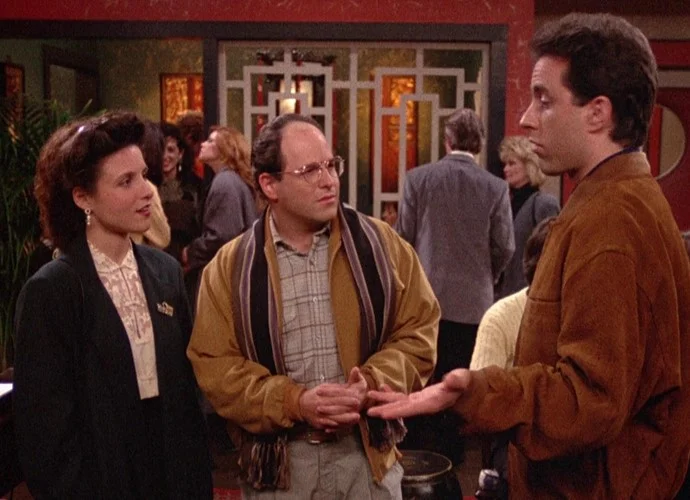
Bottle episodes seem tailor-fit for Seinfeld. With the show's loose formula, anything goes with Jerry's gang.
In "The Chinese Restaurant," Jerry, George, and Elaine wait for a table at a Chinese restaurant before watching Plan 9 From Outer Space. However, things don't go as planned, leading them to ludicrous lengths like trying to skip the line or passing the time.
Jerry tries to remember a familiar face but can't. George tries to use the phone but can't. Elaine tries to hold her hunger but can't. Even James Hong has hilarious moments as the host fed up with the gang.
1. "Pine Barrens" (The Sopranos)
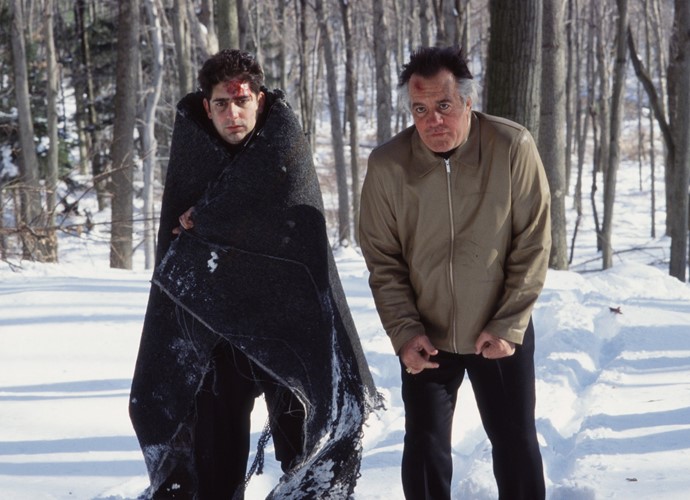
In a quality cable TV show, any change in tone can result in massive whiplash for viewers, making it a risky endeavor. But with strong writing and characters, it can certainly be done.
The Sopranos pulled it off with its bottle episode "Pine Barrens," which has a simple premise: Paulie and Christopher attempt to take care of Silvio's assignment on his behalf, but things go awry.
The episode centers on the unlikely pair's hunt for the Russian's body in the snow, hoisted by the bumbling performances of Michael Imperioli and the late Tony Sirico.
The result is an episode that's often regarded as one of the greatest episodes in television history.
